Wood Plastic Composites(WPC) - the combination of wood and plastic - are gaining popularity as a safe, environmentally sustainable and long-lasting material for use in outdoor decks, fences, railing and window frames. Today, WPC can be found everywhere from National Parks to your neighbor's garden or backyard.Then what is wood plastic composite?
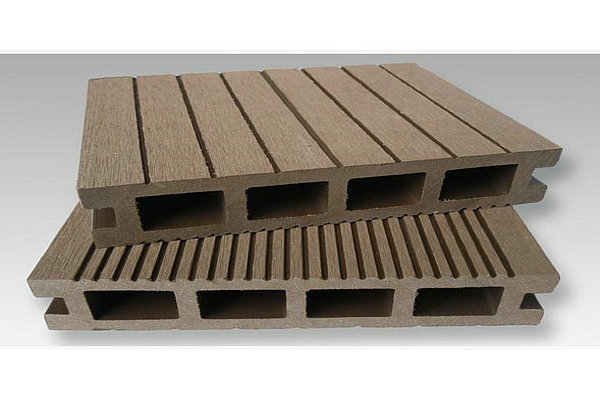
What is wood plastic composite?
Wood plastic composite (WPC) is a new group of materials that are generating interest in the world. The term 'WPC' covers an extremely wide range of composite materials using plastics ranging from polypropylene to PVC and binders/fillers ranging from wood flour to flax. These new materials extend the current concept of 'wood composites from the traditional compressed materials such as particle-board and medium density fibreboard (MDF) into new areas and, more importantly, a new generation of high performance products.
A complete WPC plant including
Wood treatment system:This system includes wood grinding system and wood drying system. The demand of wood particle is around 40 meshes; moisture content is below 1% before feeding into the extrusion line
Waste plastic recycling system:We talked this lot in the recycling machinery, LDPE film recycling and HDPE bottle recycling
Mixing of wood, plastic and additives:An intensive mixing unit will be used here to get a fine mixture of wood, plastic and additives.
The prospect of the wood plastic composite market
WPC is already an established material in the USA particularly for garden decking and non-structural building applications, such as exterior window and door profiles. Wood plastic composites are currently used in, or are under development for, a wide range of applications in a number of market sectors including: Building and construction ,Interiors and internal finishes , Automotive ,Garden and outdoor products , Industrial and infrastructure,Other low-volume, niche applications...
What are the disadvantages of wood plastic composite? We offer the widest range of wood composite products in China, based on in-house research, development and technology. We are thus not dependant on any imported technology or materials and can develop new applications in-house – from formulations through to die designs and the manufacture of final products.


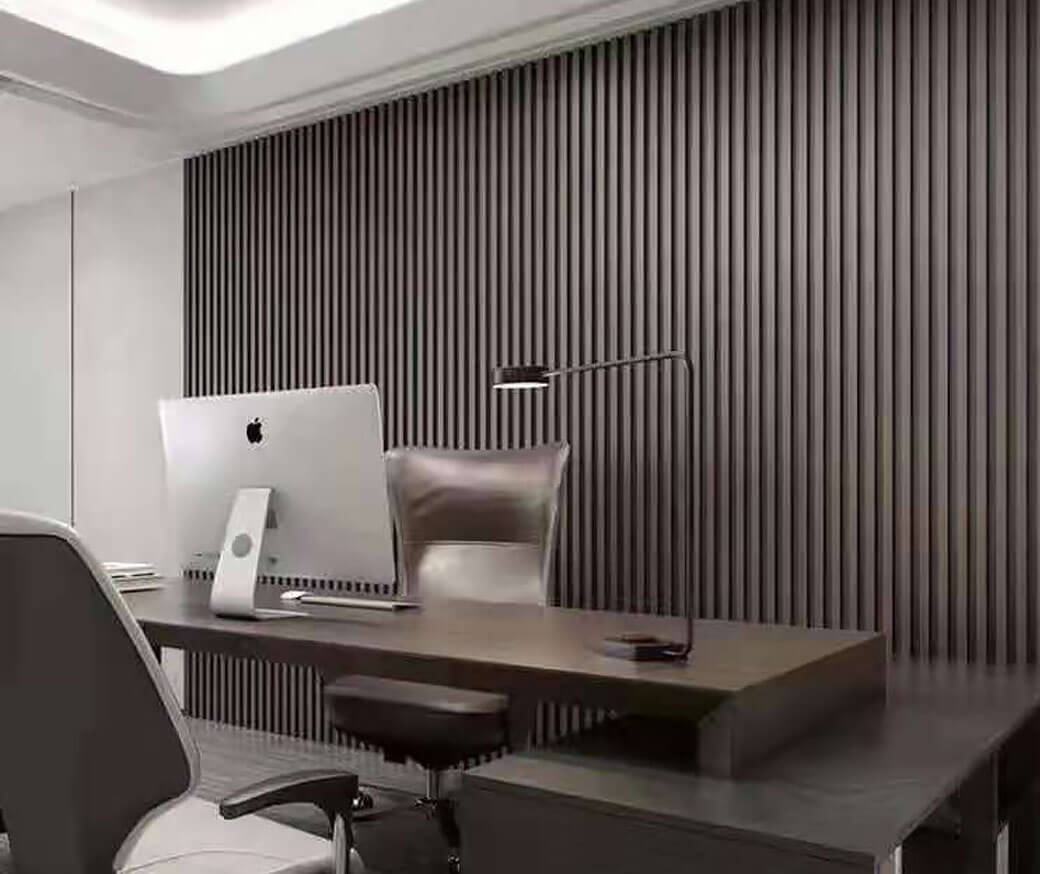
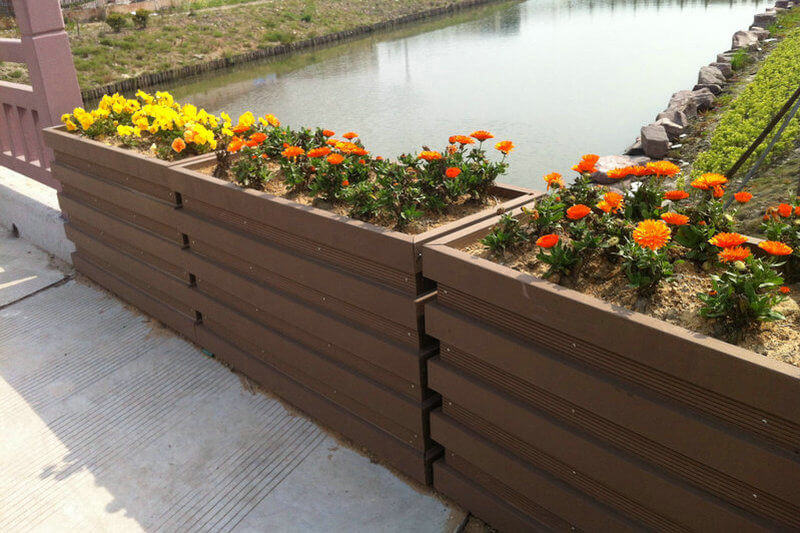

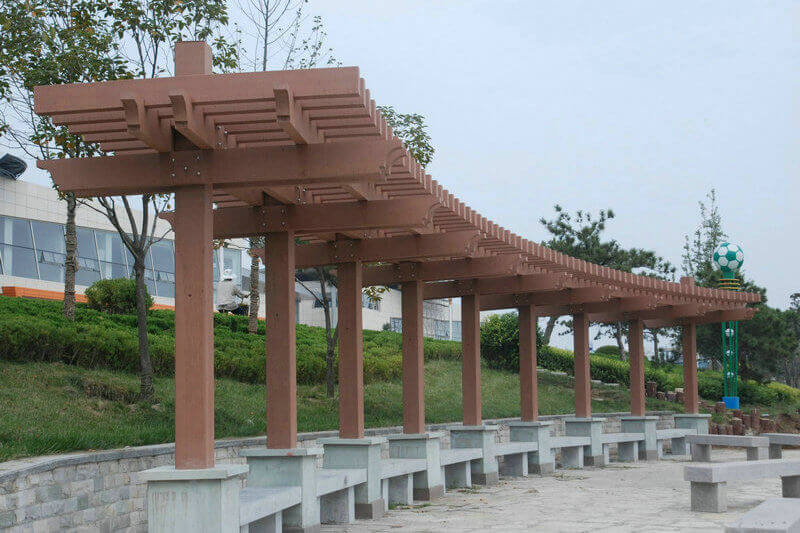
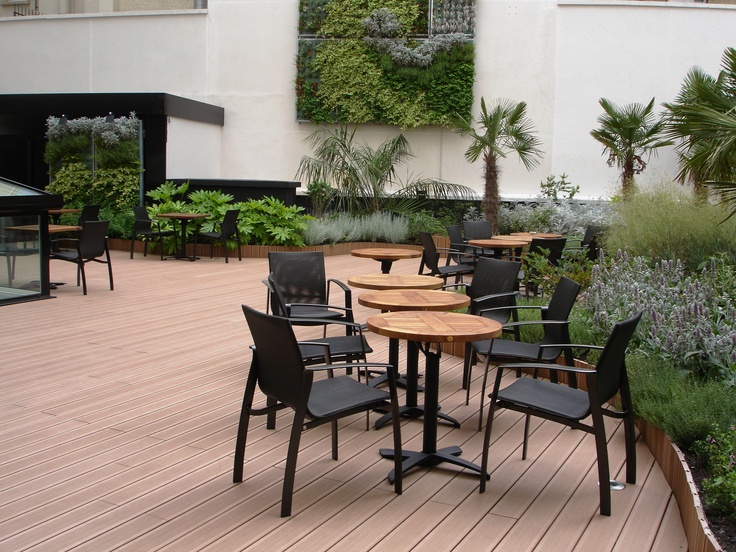


A total of 0 comments